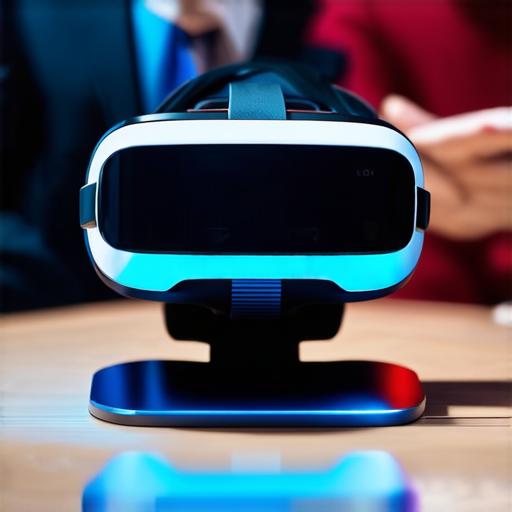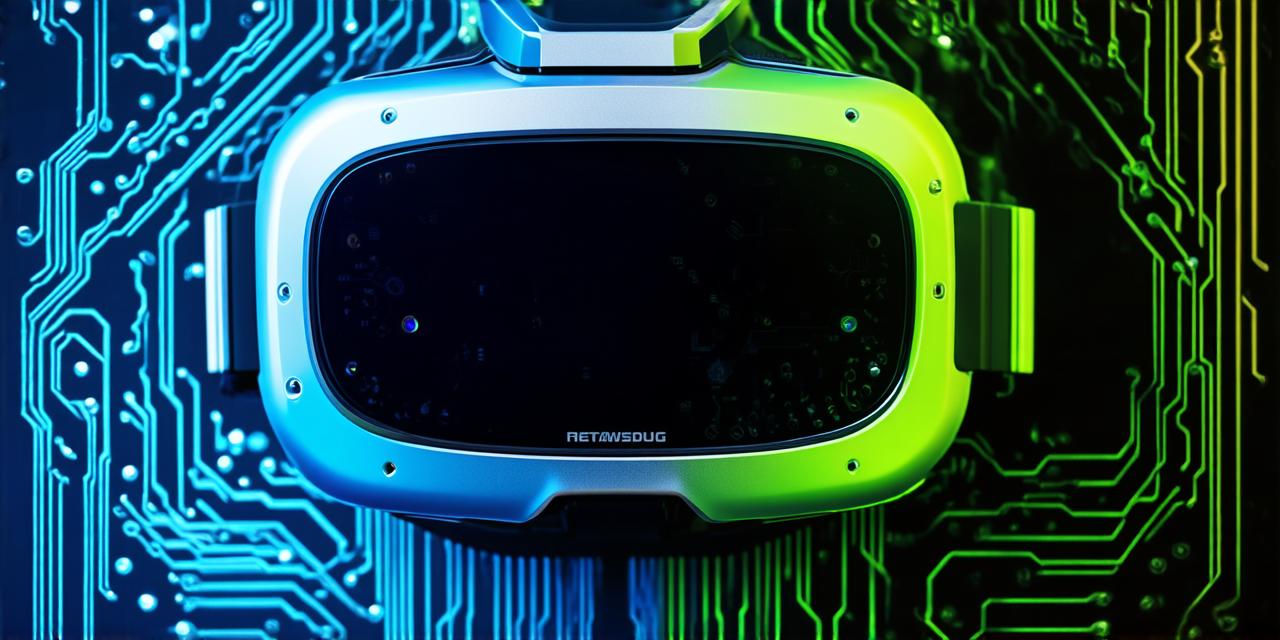<!DOCTYPE html>
Virtual reality (VR) is a rapidly evolving field that offers developers numerous opportunities to create immersive and engaging experiences.
As the technology continues to advance, VR development trends are constantly emerging, making it essential for developers to stay up-to-date with the latest innovations. In this comprehensive guide, we will explore some of the most promising VR development trends in 2021 that are poised to transform the industry.
Wireless VR Headsets
Wireless VR headsets have been a significant game-changer in the industry, offering developers greater freedom and flexibility in their design process. With wireless headsets, users can move around more freely, reducing the risk of motion sickness and discomfort associated with tethered devices. Moreover, wireless headsets are more accessible to a wider audience, as they do not require any cords or wires.
Haptic Feedback
Haptic feedback is a technology that provides users with tactile sensations through the use of gloves or vests. It has been gaining popularity in recent years, and developers are beginning to incorporate it into their VR experiences. Haptic feedback allows users to feel more immersed in the virtual world, making them more engaged and interactive.
Augmented Reality (AR) Integration
Augmented reality (AR) technology is becoming increasingly popular in the VR industry, as developers seek new ways to enhance user experiences. AR integration allows users to see real-world objects in the virtual environment, creating a more seamless transition between the two worlds. This technology has numerous applications, including education, training, and marketing.

Hand Tracking
Hand tracking is another emerging trend in VR development that is expected to revolutionize the industry. With hand tracking, users can interact with objects in the virtual world using their hands, making the experience more natural and intuitive. This technology has already been incorporated into some of the latest VR games and applications, and we can expect to see more widespread adoption in the future.
AI-Powered Content Creation
Artificial intelligence (AI) is becoming an increasingly important tool for VR developers, as it allows them to create content more efficiently and cost-effectively. AI-powered content creation tools use machine learning algorithms to analyze user behavior and preferences, allowing developers to tailor their experiences to specific audiences. This technology has the potential to transform the way we create VR content, making it easier for developers to deliver more personalized and engaging experiences.
Multiplayer Experiences
Multiplayer experiences are becoming increasingly popular in the VR industry, as users seek new ways to connect with others in virtual environments. With multiplayer experiences, users can interact with each other in real-time, creating a more social and collaborative experience. This technology has numerous applications, including gaming, education, and training.
Social VR Platforms
Social VR platforms are another emerging trend in the industry that is expected to transform the way we use VR. These platforms allow users to connect with each other in virtual environments, creating a more social and collaborative experience. Social VR platforms have already been developed by companies such as Facebook and Oculus, and we can expect to see more widespread adoption in the future.
Mobile VR Development
Mobile VR development is becoming increasingly popular, as developers seek new ways to reach a wider audience. With mobile VR, users can experience virtual reality on their smartphones and tablets, making it easier to access VR content from anywhere. This technology has already been adopted by companies such as Samsung and Google, and we can expect to see more widespread adoption in the future.
Haptic Gloves
Haptic gloves are a type of hand tracking device that provides users with tactile sensations through the use of gloves. These gloves use sensors and actuators to provide users with feedback on their movements, making them more immersed in the virtual world. Haptic gloves have already been developed by companies such as Glovesys and HaptX, and we can expect to see more widespread adoption in the future.
Eye Tracking
Eye tracking is another emerging trend in VR development that is expected to revolutionize the industry.
